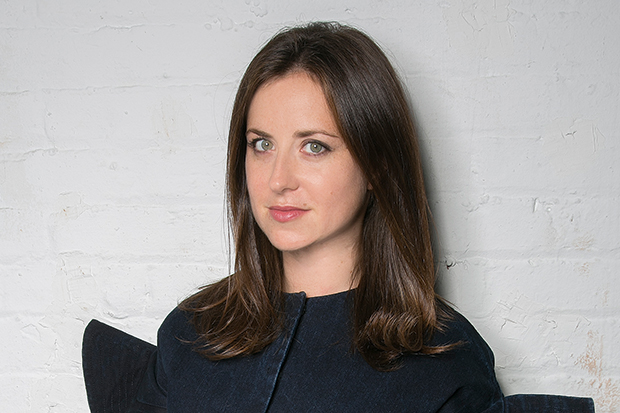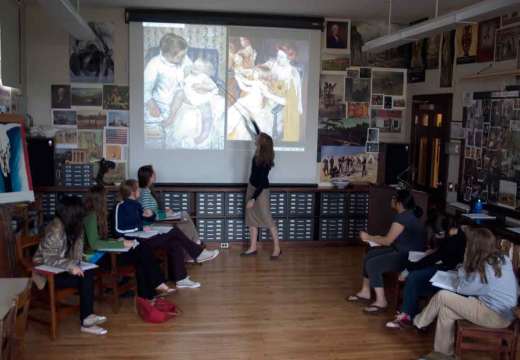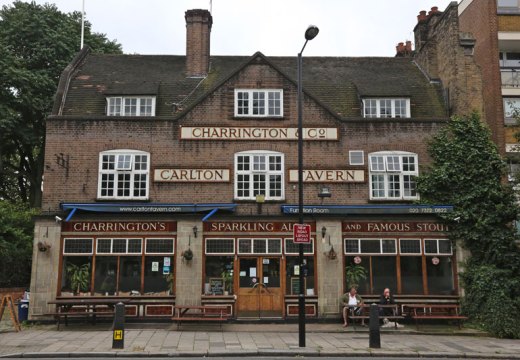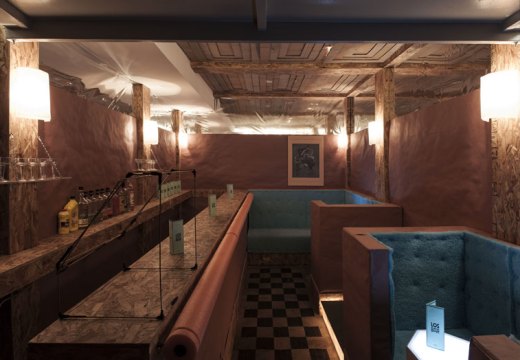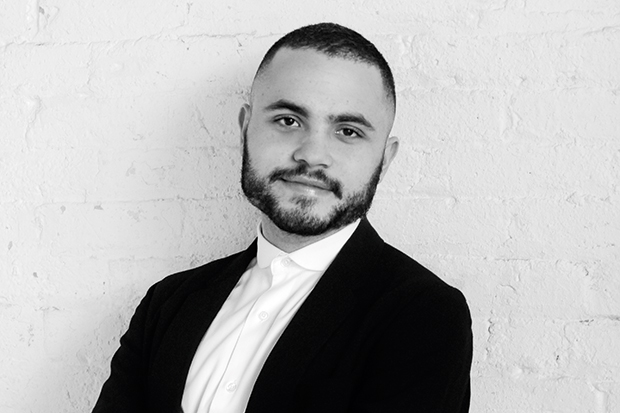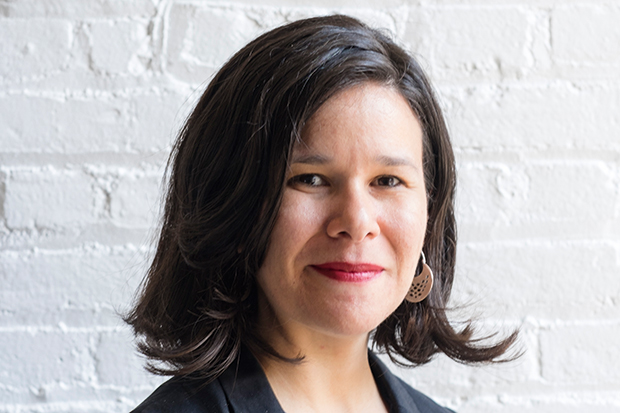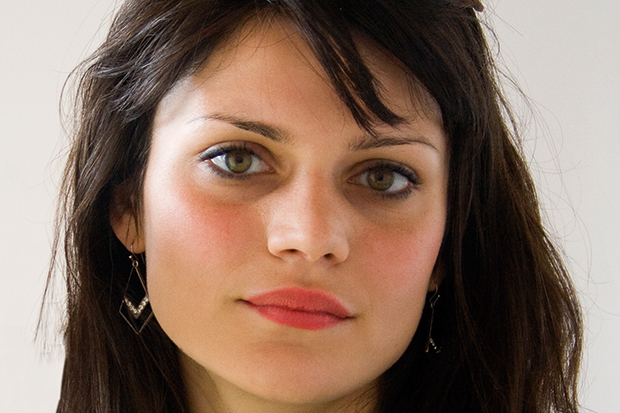You started out cataloguing at Christie’s New York after your master’s degree. Could you ever have envisaged the trajectory that followed?
So many career paths in the art world were (and are) fascinating to me, that from the beginning it wasn’t about a specific goal but just the opportunity to work with art. I had a very object-based approach to my art-historical education, so I knew I wanted to work closely with objects themselves. In graduate school I actually studied furniture and decorative arts – and for a bit I thought that maybe I’d work for a cabinetmaker in London. But it turned out that I was spending more time at White Cube and less time studying veneers, and I could never really get a feel for furniture in the way I could with contemporary art.
When you’re cataloguing you’re just trying to learn as much as possible and master the language, so in my first years at Christie’s I really had my head down, writing condition reports and researching exhibition catalogues in the library at MoMA. It was a glorious time, but I slowly emerged out of the warehouse and found how thrilling it was to talk to people in the galleries about art, and how much fun selling something could be too. In many ways it was a traditional and natural progression.
What’s the best advice you’ve had along the way?
There are only two things in life that are truly important: love and deadlines. And try not to price anything from a JPEG. And drink plenty of water.
You used to head up the Christie’s First Open sale. What made the concept so successful?
The idea came from out of the traditional House Sale, or what we now call our Interiors Sale. We wanted a bigger and more curated platform for selling lower value post-war and contemporary art, so that Calder gouaches weren’t shoved next to Ming vases and Louis Vuitton trunks. It allowed us to highlight artists who would have been overlooked in the main season.
What qualities do young people need to be able to stand out in auction houses?
There’s a fine line between being very independent and being able to work with a team. I do think one of the reasons that Christie’s has been so successful in the post-war and contemporary market is because of our team. One should never say that something isn’t part of the job. No task is too small and you need to be willing to do everything: work on proposals, help an art handler push something upstairs, colour-check images, go on a pitch, talk about a deal, do an appraisal. It’s important to feel humble in this job.
And do auction houses still need to do more to encourage young collectors?
We should be doing more to encourage all kinds of collectors, and from where I sit we’re entering a real age of innovation and strategic thinking about how to do so. Our ecommerce platform has been essential. But I still think there’s this concept that auction houses are elitist places, when actually we’re open to the public and our galleries truly function as free museums. Education is a big part of my job, whether it be demystifying an element of the market or taking a painting off the wall to examine an exhibition label.
Your specialisms include the work of contemporary women artists. Does the art trade have a responsibility to address the gender gap?
The canon of art history hasn’t been kind to women artists. I remember thinking in college there was always one token female artist for every movement – you had Artemisia Gentileschi, Berthe Morisot, Georgia O’Keeffe, Joan Mitchell, and that was pretty much it. In the field of post-war painting there have only been a handful of big prices for female artists, who still lag vastly behind their male counterparts. But it’s important to remember that the market isn’t always an indicator of quality. Should Agnes Martin sell for more at auction? Of course, and she will. But just because she hasn’t hit the $30 million mark, doesn’t mean she isn’t worthy of her brilliant retrospective at Tate Modern.
And what about young artists? Do the auction houses have a duty to protect them?
Absolutely. In the evening sale, I’d never put an artist up at auction unless I was sure their work was not only going to sell, but sell well. That involves a deep understanding of both the artist’s practice and the market itself. It used to be that you made a world record price for an artist and you felt really great – but now you realise that one sale can throw off a delicate ecosystem of buying and selling. I think one has a responsibility not only to young artists, but also to collectors and dealers to be respectful of the work.
Unlimited access from just $16 every 3 months
Subscribe to get unlimited and exclusive access to the top art stories, interviews and exhibition reviews.

